National Peanut Festival in Dothan AL
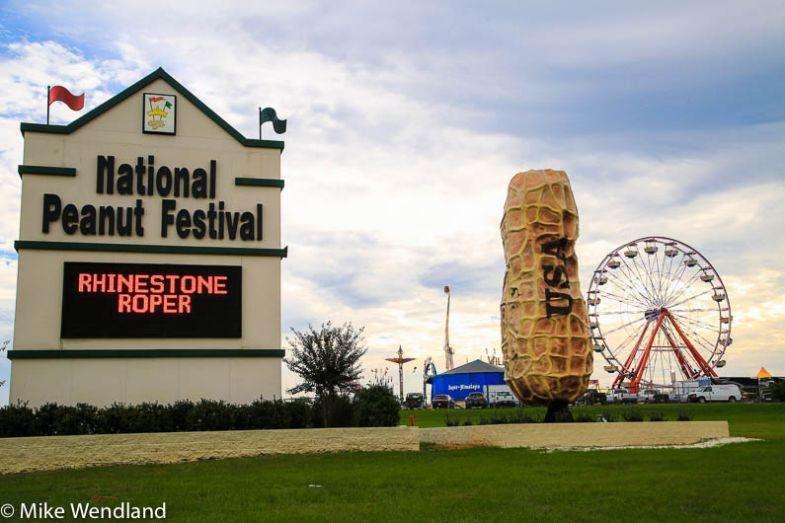
Jennifer and I have a rule: When we pass by a small town festival, we stop. And so it was as we came upon the signs and the crowded parking lots of the National Peanut Festival in Dothan, AL.
True, this one didn't have a former President as the town's chief booster,
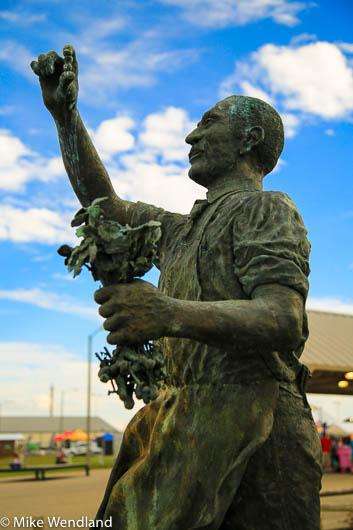
But the southeast corner of Alabama in a region called the Wiregrass area constitutes the “Peanut Capital of the World.” Boosters note that the majority of all the peanuts grown in the United States are grown within a 100 mile radius of Dothan.
Besides, back at the very first National Peanut Festival held here in 1938, the guest speaker was Dr. George Washington Carver, a modest, unassuming man from the Tuskegee Institute who gained international fame with his development of over 300 products from the peanut. His statue is right outside the main gate to the 200 acre fairgrounds that holds the festival.
Carver is one of my heroes. A former slave who overcome great difficulties, he accomplished some amazing things. According to the book, The Lost Choice, Carver was once faced with a highly volatile problem by his supervisor, who just happened to be Booker T. Washington, president of the Tuskegee Institute. The problem involved Carver’s decision to advise local farmers to plant peanuts rather than cotton. Decades of growing cotton had depleted the land into a virtual wasteland of withering weeds. His idea, which eventually became known as crop rotation, was to alternate soil depleting cotton crops with soil enriching crops such as peanuts. What Carver hadn’t factored into his plan was that there was no commercial appeal for the peanut at the time. Without a market for their crops, farmers would be left penniless.
Washington was fearful that due to the highly volatile nature of race relations in 1914, that the mostly white farmers would not hesitate to retaliate on the bad advice of a black scientist, according to CBN in a story about Carver and the book by Andy Andrews.
George Washington Carver was not worried,. He turned to face his obviously worried mentor and said, “All my life, I have risen regularly at four in the morning to go into the woods and talk with God. That’s where He reveals His secrets to me. When everybody else is asleep, I hear God best and learn my plan … This morning I asked Him why He made the peanut.”
Washington looked at him incredulously but allowed Carver to continue.
“He told me, ‘separate the peanut into water, fats, oils, gums, resins, sugars, starches, and amino acids. Then recombine these under My three laws of compatibility, temperature, and pressure. Then, the Lord said, ‘then you will know why I made the peanut!”
Washington laughed nervously, obviously skeptical at Carver’s suggestion. Finally, with much anxiety he asked the humble scientist if God always gave him the right answers.
With a broad smile Carver replied, “Let me put it this way: The Lord always provides me with life changing ideas. Not that I am special. The Lord provides everyone with life changing ideas. These ideas are quite literally a treasure from the Almighty. It is up to each of us however, to choose and dig for the treasure.”
Within ten days George Washington Carver had “discovered” more than 300 uses for the peanut and transformed southern agriculture. So much so that four years later, his success was celebrated by the Doah Peanut Festival.
Today, the annual event is celebrated with a huge carnival with lots of rides, as befits any fair. But what draws Jennifer and me are the exhibits and the shows, and, of course, the food. This year's event will be November 4-13th.
We love the animals. And last year's festival, we watched local FFA kids proudly exhibit their cows and lambs. The livestock were all being carefully groomed before walking into the ring. And the proud kids wore their best cowboy hats, boots and buckles.
Entertainment abounded. Local churches sent gospel choirs. The high school's band boosters had their own tent. A cowboy show staged by “The Rhinestone Roper” captivated old and young alike.
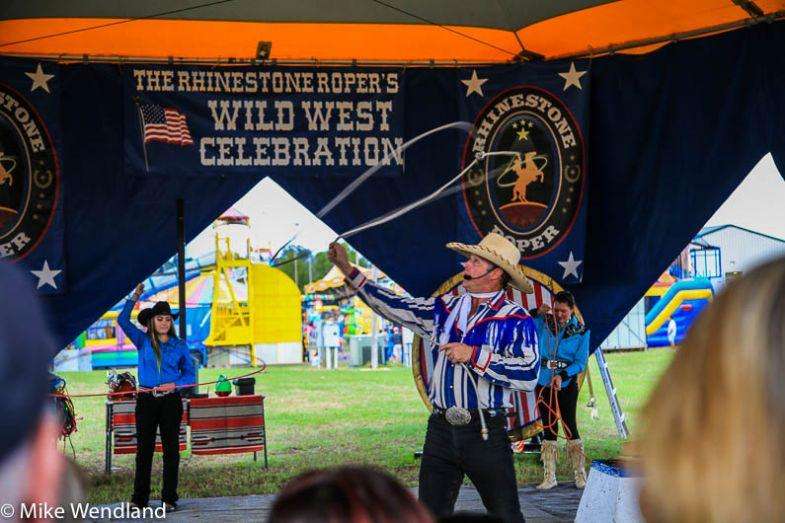
Peanuts, of course, were everywhere. Huge wash tubs full of raw peanuts were available everywhere. Just reach in and grab a handful. There were boiled peanuts – a southern tradition – but also roasted peanuts, chocolate-covered peanuts, hot peanuts and sugared peanuts.
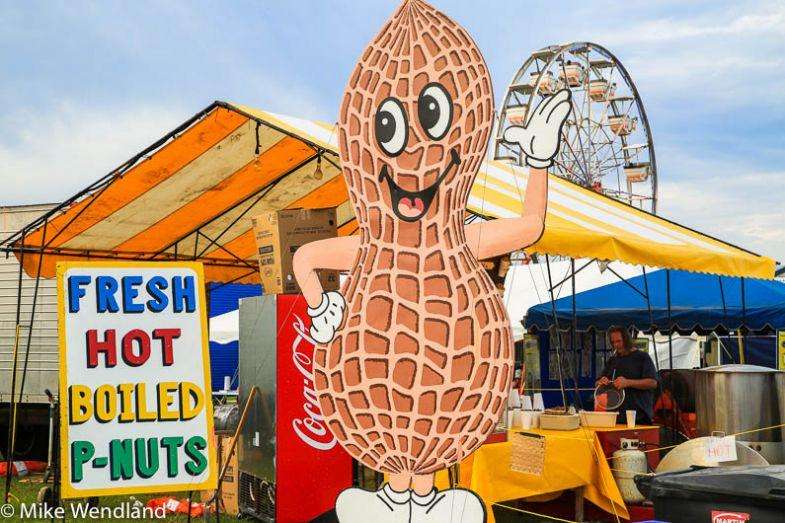
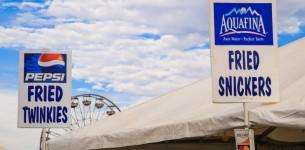
There were corn dogs and pickles and roasted corn and turkey legs and fried Oreos and Snickers Bars.
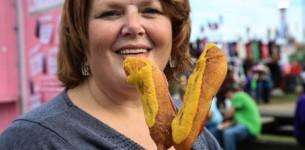
There were also peanut crafts. Some people make buildings out of Legos. The folks around Dothan use peanuts to make miniature models of towns and farm.
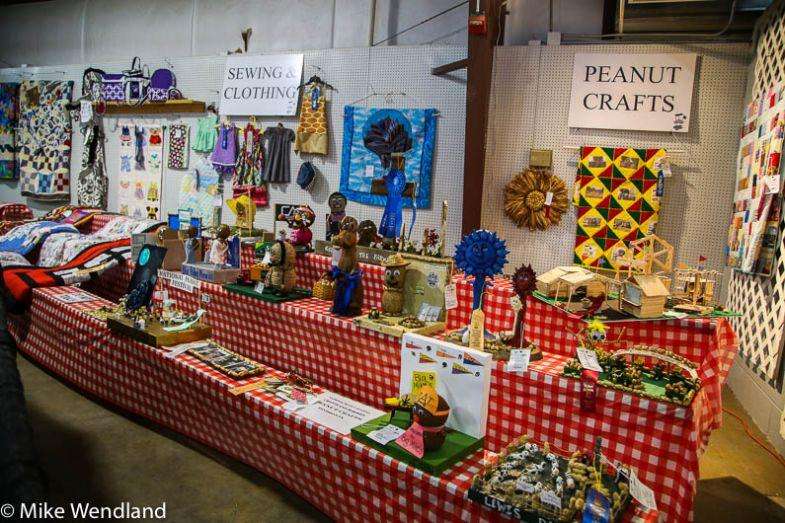
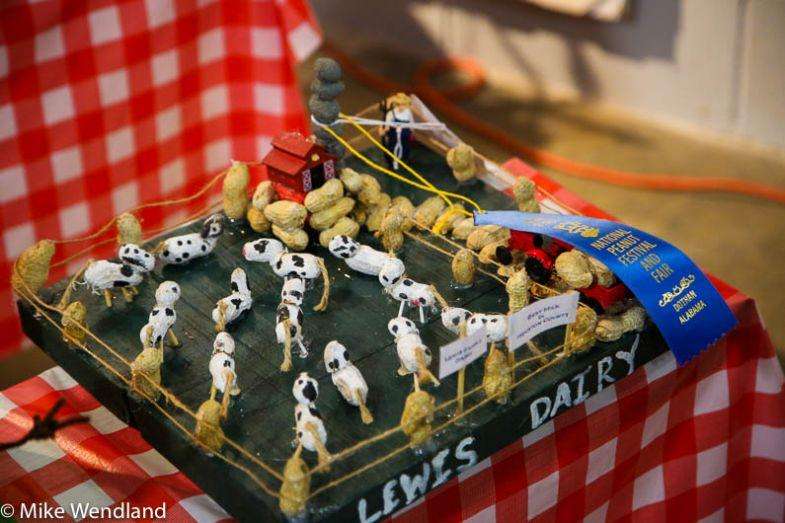
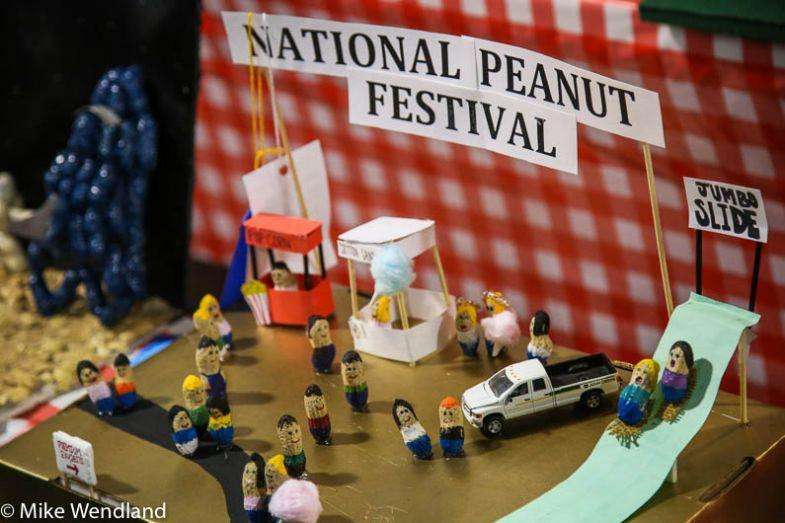
And lots of people to watch.
The National Peanut Festival has been at its current location, the fairgrounds on US Highway 231 South, since 1999. With over 200 acres, two exhibit buildings, an amphitheater, an open air arena and an Ag complex, the fairgrounds are now capable of hosting year-round events and further promoting agriculture in the Wiregrass area, in addition to hosting the yearly harvest celebration.
Today, the National Peanut Festival has grown from a three-day event in 1938, to a ten-day event with attendance in excess of 150,000 fairgoers. Throughout those 10 days, the festival hosts numerous fun-filled, family events…amusement rides, animal attractions, agricultural displays, concerts, livestock shows and a parade.
If you like small town festivals like this, let me suggest a great book called “Amazing Festivals – Hundreds of Hometown Festivals,” This books lists hundreds of hometown festivals across North America.
Here's some more photos:
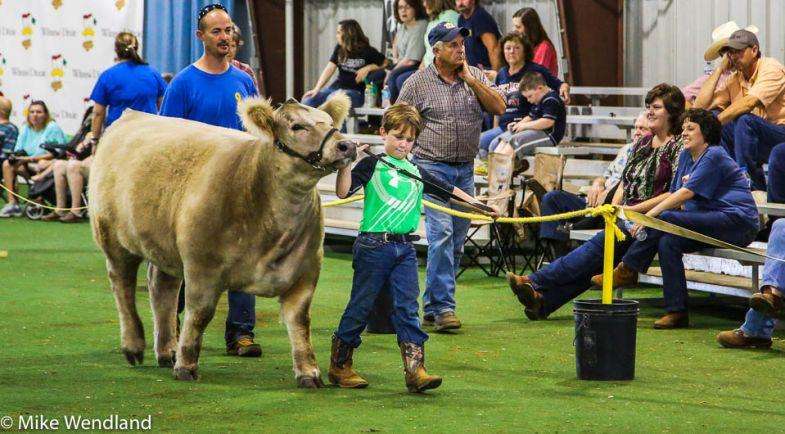
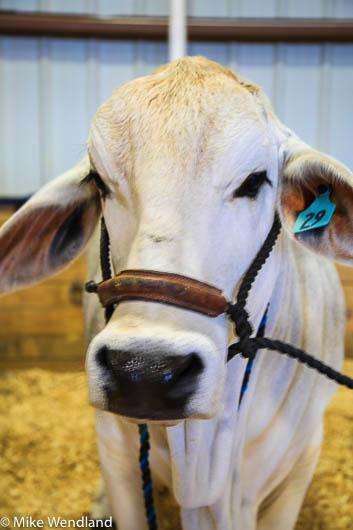
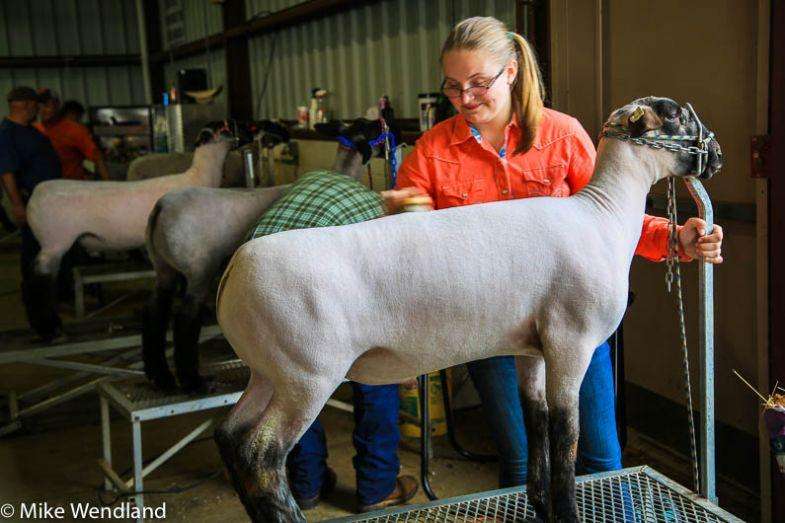
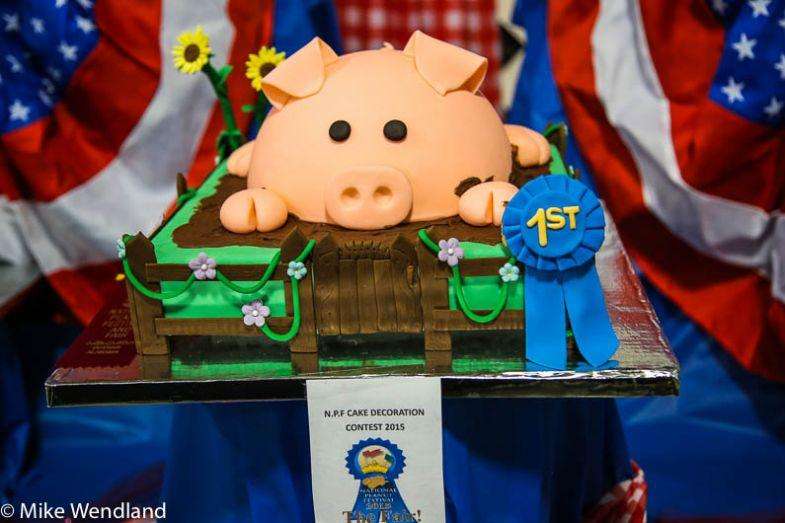
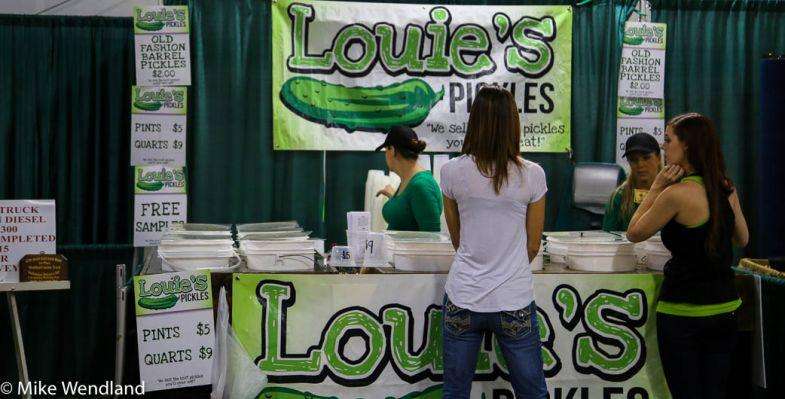
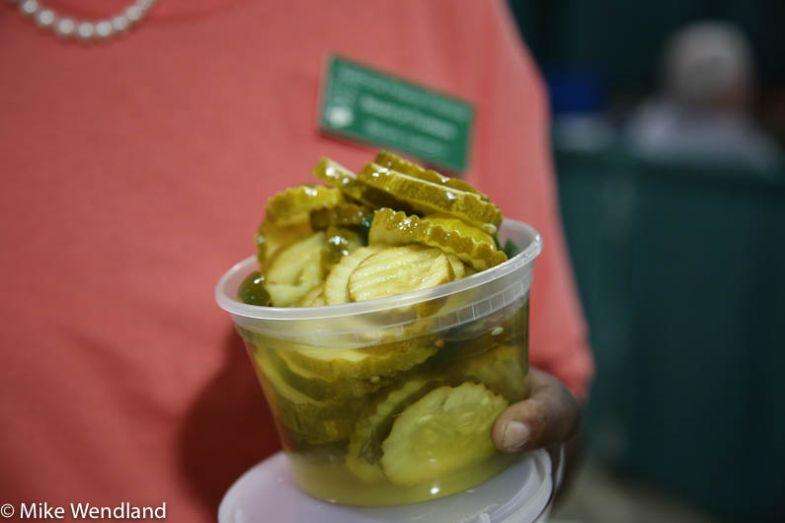
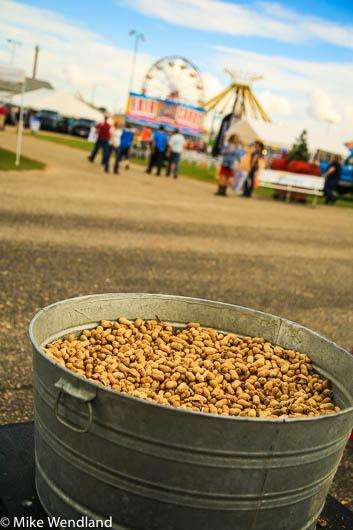

I’m going to check out that book about Carver. I lived in Mobile, AL for a few years and had heard about him, but never knew about the peanut festival in Dothan. Thanks for the info.